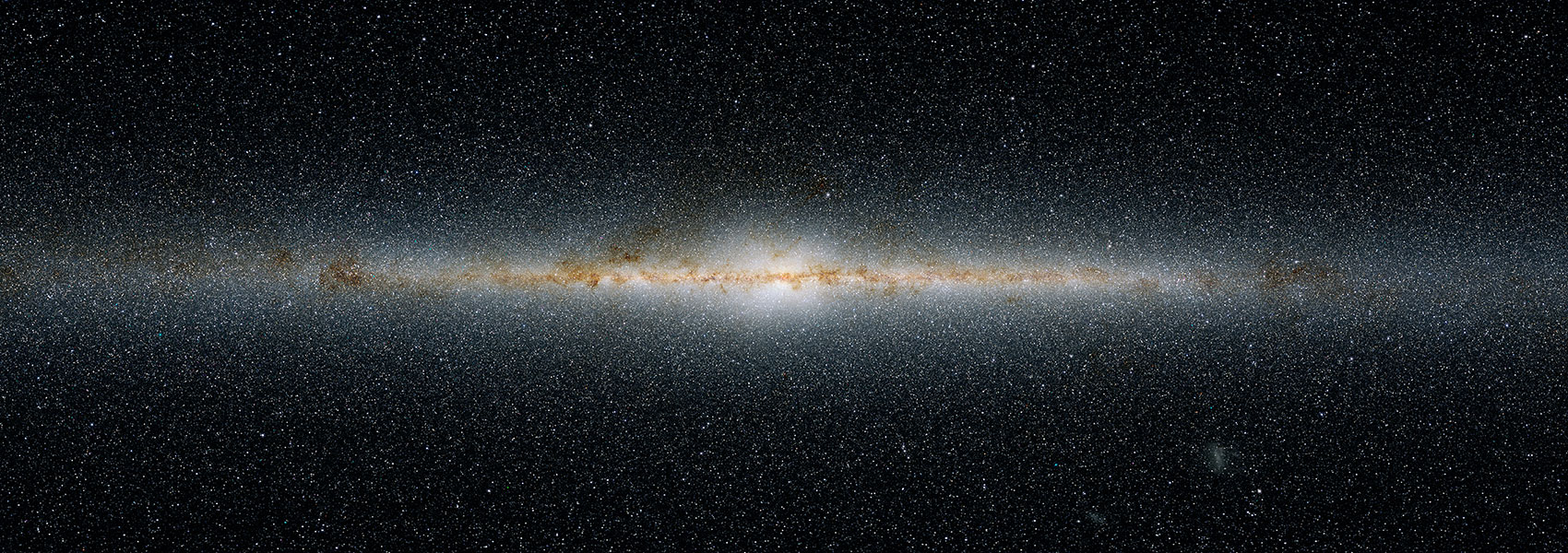
A New Galaxy Cluster Merger Capable of Probing Dark Matter: A56
September 2023 • 2023ApJ...954...36W
Abstract • We report the discovery of a binary galaxy cluster merger via a search of the redMaPPer optical cluster catalog, with a projected separation of 535 kpc between the brightest cluster galaxies (BCGs). Archival XMM-Newton spectro-imaging reveals a gas peak between the BCGs, suggesting a recent pericenter passage. We conduct a galaxy redshift survey to quantify the line-of-sight velocity difference (153 ± 281 km s-1) between the two subclusters. We present weak-lensing mass maps from archival Hubble Space Telescope Advanced Camera for Surveys (HST/ACS) imaging, revealing masses of M 200 = 4.5 ± 0.8 × 1014 and 2.8 ± 0.7 × 1014 M ☉ associated with the southern and northern galaxy subclusters, respectively. We also present deep GMRT 650 MHz data revealing extended emission, 420 kpc long, which may be an active galactic nucleus (AGN) tail but is potentially also a candidate radio relic. We draw from cosmological n-body simulations to find analog systems, which imply that this system is observed fairly soon (60-271 Myr) after pericenter, and that the subcluster separation vector is within 22° of the plane of the sky, making it suitable for an estimate of the dark matter scattering cross section. We find $\tfrac{{\sigma }_{\mathrm{DM}}}{m}=1.1\pm 0.6$ cm2 g-1, suggesting that further study of this system could support interestingly tight constraints.
Links
- PREPRINT http://arxiv.org/abs/2306.01715
- NED https://ned.ipac.caltech.edu/uri/NED::InRefcode/2023ApJ...954...36W
- ELECTR https://doi.org/10.3847/1538-4357/acdb73
- SIMBAD https://simbad.u-strasbg.fr/simbad/sim-ref?querymethod=bib&simbo=on&submit=submit+bibcode&bibcode=2023ApJ...954...36W
- PDF https://iopscience.iop.org/article/10.3847/1538-4357/acdb73/pdf
- DATA http://heasarc.gsfc.nasa.gov/cgi-bin/W3Browse/biblink.pl?code=2023ApJ...954...36W
- DATA https://archive.stsci.edu/mastbibref.php?bibcode=2023ApJ...954...36W
- DATA https://cdsarc.cds.unistra.fr/viz-bin/cat/J/ApJ/954/36
- DATA https://doi.org/10.17909/d922-3v11
- DATA https://hst.esac.esa.int/ehst/#/pages/search;bibcode=2023ApJ...954...36W
- DATA https://nxsa.esac.esa.int/nxsa-web/#bibcode=2023ApJ...954...36W


